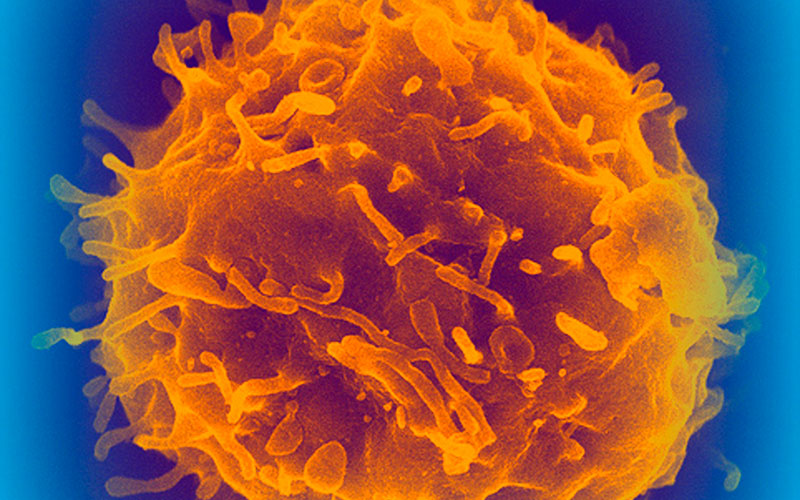Scientists have developed a new way to make blood stem cells present in the umbilical cord “more transplantable”.

A University College London team said the finding could improve the treatment of a wide range of blood diseases in children and adults.
Blood stem cells, also known as haematopoietic stem cells (HSCs), generate every type of cell in the blood (red cells, white cells and platelets), and are responsible for maintaining blood production throughout life.
When treating certain cancers and inherited blood disorders, it is sometimes necessary to replace the bone marrow by allogeneic stem cell transplantation,
which involves using stem cells from a healthy donor.
The umbilical cord is a useful source of blood stem cells, and cord blood transplants lead to fewer long-term immune complications than bone marrow transplants. Although umbilical cord transplants have been used in young children for the last 30 years, most cord blood units contain insufficient HSCs to be suitable for older children and adults and 30% of all units contain too few even for the youngest children, and go to waste.
The study shows how a protein called NOV/CCN3, which is normally found at low levels in the blood, can be used to rapidly increase the number of HSCs in single umbilical cord blood units that are capable of transplantation.
This finding potentially opens the door to units that would otherwise be discarded being made available for patients of all ages.




